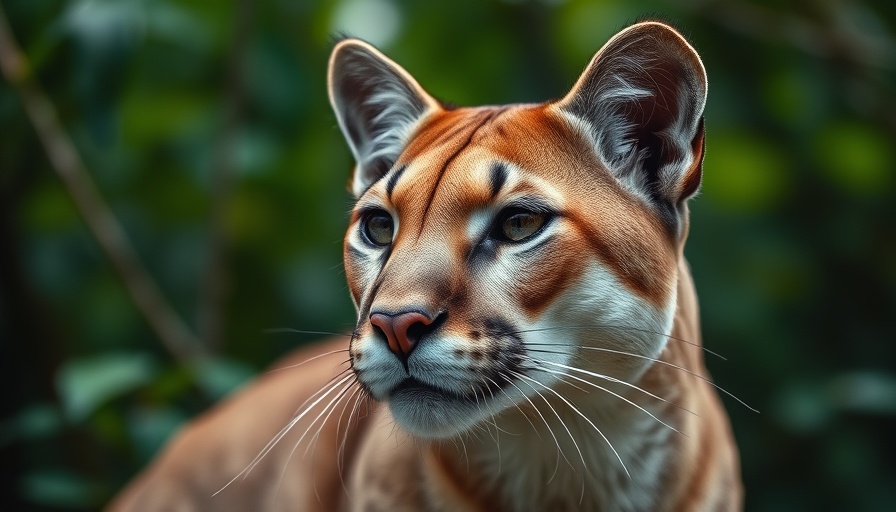
Understanding the Cerrado's Unique Biodiversity
The Cerrado in Brazil, renowned as the world’s most diverse savanna, showcases a phenomenon known as "hyperdominance" wherein just 30 species of trees make up nearly half of its vast population. This realization has significant implications for both the conservation of this unique biome and the broader understanding of biodiversity.
The Faces Behind Hyperdominance
Crucially, among the dominant tree species is the Qualea parviflora, which thrives in a range of conditions within the Cerrado. Researchers, including a team from the University of Exeter and Brazilian institutions, uncovered this staggering fact through an extensive analysis involving over 200 field plots, spatial modeling, and satellite imagery. Notably, less than two percent of the 1,605 identified tree species play a crucial role in stabilizing the ecosystem's functions.
The Impact of Deforestation
As highlighted in the study, since 1985, the Cerrado has seen a loss of approximately 24 billion trees, a worrisome statistic that equates to three times the current human population on Earth. Such alarming rates of deforestation not only threaten the survival of these hyperdominant species but also impact vital ecosystem services such as carbon sequestration and clean water supply.
Future Predictions for the Cerrado
The concentration of ecosystem functions in a few species raises concerns about future ecological stability. According to Professor Ted Feldpausch of the University of Exeter, any disruption—either from climate change or altered fire regimes—could have catastrophic results for species reliant on the dominant trees. Maintaining a focus on these key species could aid conservation efforts and provide insights into the potential responses of the entire ecosystem to environmental changes.
Actionable Insights for Health Enthusiasts
For tech-savvy health enthusiasts, this knowledge goes beyond flora. Understanding the interconnectedness of ecosystems, like the Cerrado's, can inspire approaches to holistic health and well-being. By recognizing the importance of biodiversity in natural systems, individuals can apply similar principles to their health strategies—focusing on balance, diversity, and sustainable practices.
Conclusion: The Call for Conservation
The study sheds light on a critical aspect of biodiversity—the evident reliance on a handful of key species in maintaining ecological health. As stewards of our planet, prioritizing conservation initiatives aimed at preserving these dominant species is essential. By supporting efforts to combat deforestation and promote sustainable practices, everyone can contribute to the longevity of the Cerrado and its countless benefits to humanity.
 Add Row
Add Row  Add
Add 




Write A Comment